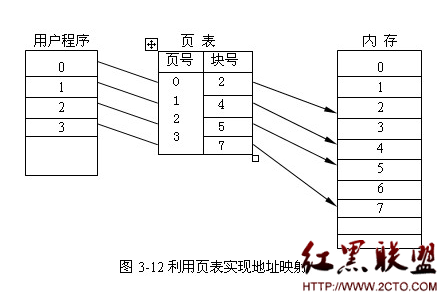Springboot中集成ElasticSearch基础知识小案例
昨天给大家介绍了一下ElasticSearch代码结构设计,今天给大家介绍一下ElasticSearch怎么集成到Spring boot中,不知道大家记不记得以前我也写过它们的整合,但今天要说的模式和以前的不一样(具体区别大家可以对照的看看,这边就不详细介绍了)。
1.我们首先引入ElasticSearch的相关依赖,pom文件的依赖如下所示:
org.elasticsearch.client transport 6.2.2 org.elasticsearch elasticsearch 6.2.2
2.然后再配置文件中配置ElasticSearch的相关配置,yml配置文件如下所示:
elasticsearch:
cluster:
name: my-application
address: 192.168.11.24:9300
3.创建一个配置类(@Configuration),然后添加ElasticSearch相关的连接信息,配置类如下所示:
package com.infun.platform.es.config;
import org.apache.commons.lang.StringUtils;
import org.elasticsearch.client.transport.TransportClient;
import org.elasticsearch.common.settings.Settings;
import org.elasticsearch.common.transport.TransportAddress;
import org.elasticsearch.transport.client.PreBuiltTransportClient;
import org.slf4j.Logger;
import org.slf4j.LoggerFactory;
import org.springframework.amqp.rabbit.connection.CachingConnectionFactory;
import org.springframework.amqp.rabbit.connection.ConnectionFactory;
import org.springframework.beans.factory.annotation.Value;
import org.springframework.context.annotation.Bean;
import org.springframework.context.annotation.Configuration;
import java.net.InetAddress;
import java.net.UnknownHostException;
import java.util.ArrayList;
import java.util.List;
import java.util.ResourceBundle;
/**
* Elasticsearch配置类
* @author linzhiqiang
* @date 2018/5/26
* @since 1.0
*/
@Configuration
public class ElasticsearchConfig {
private static final Logger LOGGER = LoggerFactory.getLogger(ElasticsearchConfig.class);
@Value("${elasticsearch.cluster.name}")
private String clusterName;
@Value("${elasticsearch.address}")
private String address;
@Bean
public TransportClient getTransportClient() {
try {
// 设置集群名称,并自动嗅探整个集群的状态,把集群中其它机器的ip地址加到客户端中
// settings
Settings settings = Settings.builder().put("cluster.name", clusterName)
// .put("index.number_of_shards", 1)
// .put("index.number_of_replicas", 0)
.build();
//地址列表
List transportAddressList = new ArrayList<>();
if (StringUtils.isNotBlank(address)) {
String[] addresses = address.split(",");
String[] hostAndPort = null;
//组装地址
for (String str : addresses) {
hostAndPort = str.split(":");
if (hostAndPort != null && hostAndPort.length > 1) {
transportAddressList.add(new TransportAddress(InetAddress.getByName(hostAndPort[0].trim()), Integer.valueOf(hostAndPort[1].trim())));
} else {
transportAddressList.add(new TransportAddress(InetAddress.getByName(hostAndPort[0].trim()), 9300));
}
}
}
//转换
TransportAddress[] transportAddresses = transportAddressList.toArray(new TransportAddress[transportAddressList.size()]);
//返回连接
return new PreBuiltTransportClient(settings).addTransportAddresses(transportAddresses);
} catch (UnknownHostException e) {
e.printStackTrace();
LOGGER.error(e.getMessage());
}
return null;
}
}
4.配置类搞定,我们就可以在service中注入TransportClient 的连接了,使用方式如下所示:
/** * TransportClient连接 */ @Autowired private TransportClient getTransportClient;
总结:
过程就是这样,这样的整合方式和之前的整合方式最大的区别就是,现在这种的只是将elasticsearch的配置信息放在yml配置文件中,elasticsearch代码风格还是一样的,但是spring-data-elasticsearch这种的就不一样了,它的代码风格就像JPA这种模式了,虽然封装的很好,但是很不灵活。两者之间各自有各自的优缺点吧,看具体应用场景适合什么。最后我们就可以结合上一节课讲到ElasticSearch代码结构设计,然后写具体的增删改查命令了。
- 文章
- 推荐
- 热门新闻



